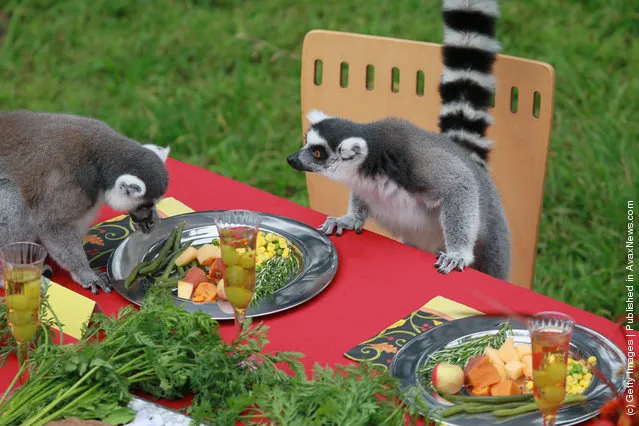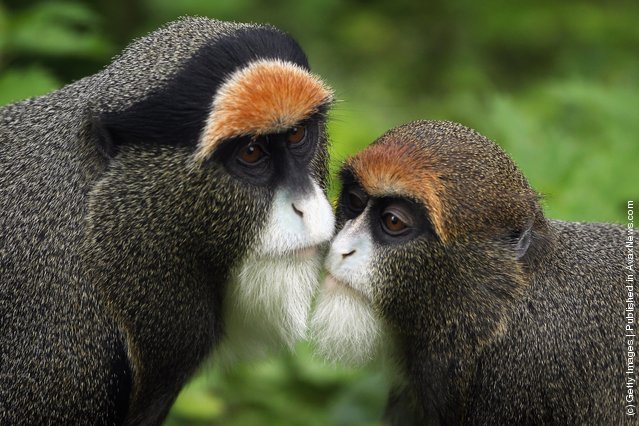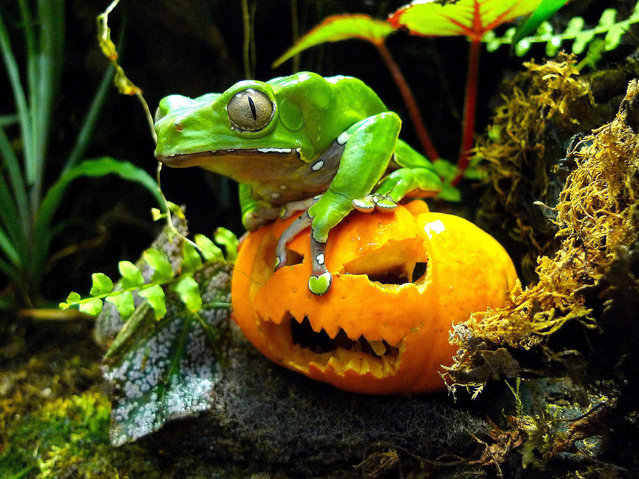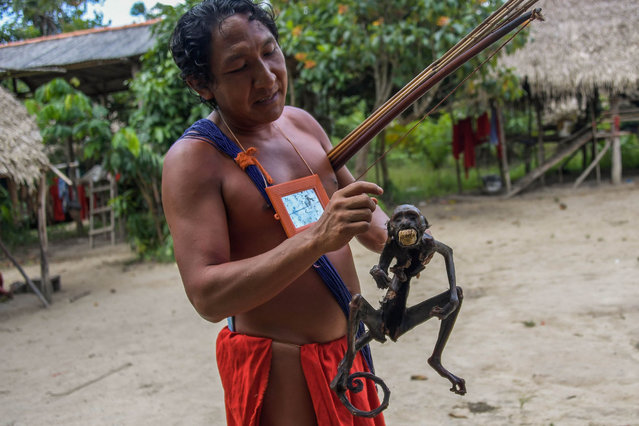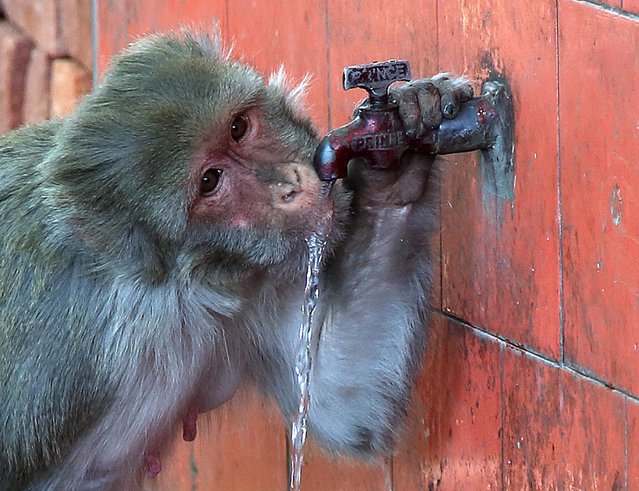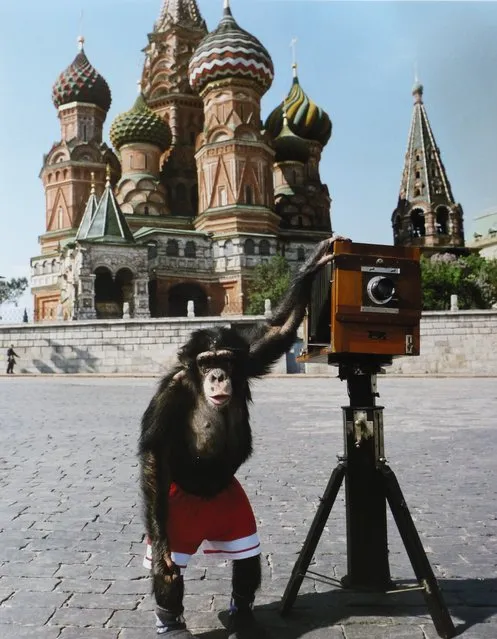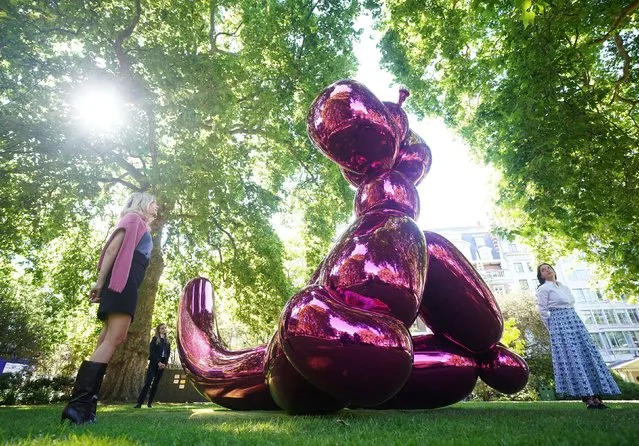
Artist Jeff Koons sculpture Balloon Monkey (Magenta), 2006-13, with an estimate of £6,000,000-10,000,000 on display in St James's Square, London, before being sold by Christie's to raise funds for humanitarian aid for Ukraine. Picture date: Tuesday June 14, 2022. (Photo by Yui Mok/PA Images via Getty Images)
09 Jul 2022 04:42:00,post received
0 comments

